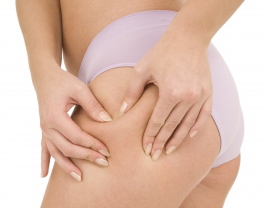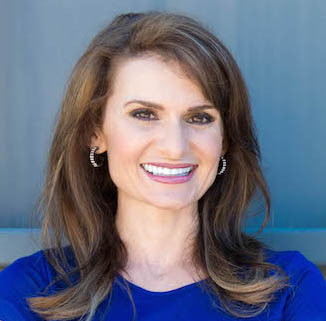Weight loss: Determining the Number that is Right for You


Recently I was engaged in a heated Facebook discussion defending a colleague of mine, Elisa Zied, who was interviewed by FOX News for an article about Princess Kate’s closely scrutinized appearances. The controvery is over Kate’s weight.
I feel bad that Kate has to endure all the negative attention about her slender build. I think she is beautiful and certainly seems intelligent. Sure, she looks like she has lost weight, and yes, she did appear very skinny compared to other celebrities, but how can people who don’t know her think it’s their business to guess how many calories she consumes and if she has disordered eating? She enjoys sports, has just lived through a royal wedding, and surely has an insane schedule to incorporate into her life. Some of us eat more when stressed, and some of us get so preoccupied that we forget to eat.
This saga raises a question that my readers, friends and others I meet along the way ask, “How much should I weigh?” followed by, “How much do you weigh?” I’m always hesitant to blurt out my body weight because the number on the scale doesn’t tell the whole story about a person’s health, and the right number is different for everyone.
The scale alone doesn’t tell us anything about a person’s muscle or fat mass, physical fitness, or nutritional habits, all indicators of one’s health. It also doesn’t consider bone mass or frame size. For example, a very small boned person’s ideal weight may be lower than a person with a larger frame.
Another tool, the body mass index (BMI) was developed by the insurance industry to establish at a glance how much risk one’s weight could be, thus affecting insurance premiums. BMI only takes height and weight into account, nothing else. It’s fast, easy, and determined by filling in two numbers on a form, so there are obvious flaws with this method as well.
I prefer measuring body fat instead. There are a few ways to test this, with one of the simplest options being bioelectrical impedance. This can be done quickly, painlessly, and relatively accurately, and is taken at least one hour after a properly hydrated subject has eaten.
Exercise professionals also favor the use of skin fold calipers, which quite simply measure fat layers (we all have them) in different parts of the body. Underwater weighing and the Bod Pod are two other accurate forms of measurement, but they require getting wet and are not as readily available as the aforementioned.
Which body fat percent is right for you?
The American Council on Exercise recommends a minimum of 10-13% body fat for women. Missed menstrual periods can be a sign of nutritional inadequacy. Athletes can aim for 14-20%, and general fitness enthusiasts for 21-24%. The average American women has 25-31% body fat, and 32% or higher is considered obese.
Due to errors common with caliper and bioelectrical impedance methods (I’ve been tested by both), experts recommend waiting at least a couple of months between measurements to accurately monitor progress.
Have you ever had your body fat measured? What did you think of the results?
You might also like:
My 15 Minutes with Celebrity Chef Anthony Bourdain
Lowering Saturated Fat in Recipes
How a Nutritionist Eats on the Road

 I'm a chef nutritionist, not the food police. I eat cookies but make sure to eat my broccoli too.
I'm a chef nutritionist, not the food police. I eat cookies but make sure to eat my broccoli too.


Where can you get one of these body fat tests done?
Hi Suzanne,
You can get your body fat measured at most gyms/fitness centers and by personal trainers. Some registered dietitians will have the tools to measure body fat as well. If you google “body fat test” or “body composition” in your area, you should be able to find someone near you. Good luck!
Michelle